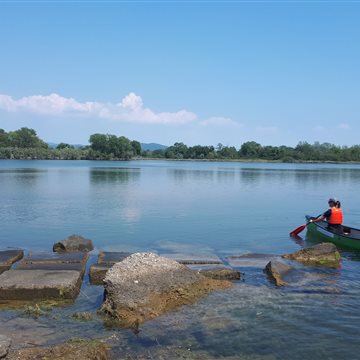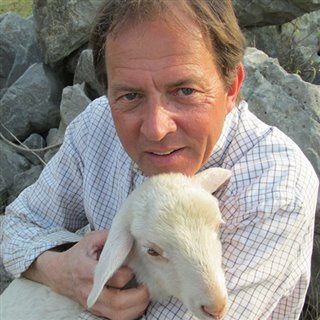 Sergio Cuffolo
Sergio Cuffolo
L”Oro Rosso” in Attimis
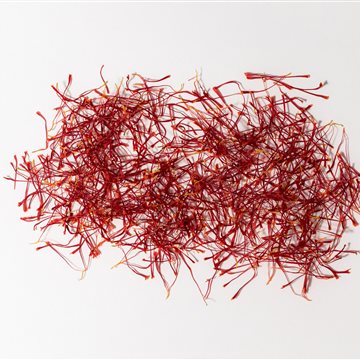


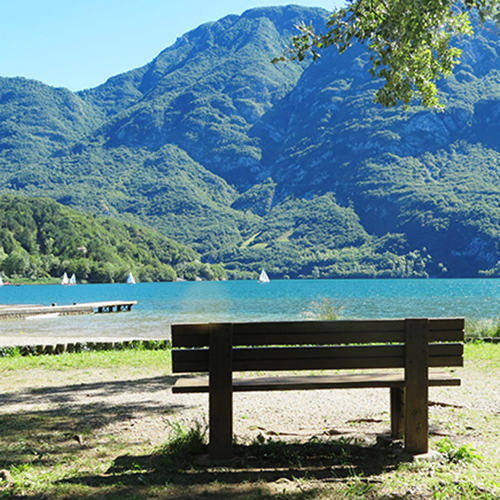
Vegetarians and meat-eaters ALL love beans.
“Beaned” from infancy as a small child with a steaming bean and barley soup made by my grandmother, which became even more appealing when I was older and was allowed to add some red wine to the recipe (maybe the Venetian version of the famous Jota triestina where the acidity comes from the sauerkraut and not from the wine), I have always loved beans in every form.
Friuli produces excellent types of bean thanks to the suitability of the land and because of past needs; poverty and low-cost protein stimulated their cultivation, and with barley, potato or pasta became a single dish. But what beans do we produce? Where? My curiosity prompted me to draw up an imaginary “Bean Tour” on the map that rewarded me with new flavours and sights, which I had never enjoyed before even though I live here.
I started from S. Quirino, a Templar location near home, to discover the Fagiolo Antico (literally ‘Old Bean’) where one of the few producers welcomed me. To find myself in that barn with masses of beans laid out to dry, listening to the mellow and proud tale of Donato who retrieved an ancient seed handed down by his ninety-year-old grandmother with excellent results in terms of quality, to the point of becoming a candidate for the Slow Food Presidium, was beyond price. This is travel, as far as I am concerned: culture and a sharing of passions; so much so, that when I went back home i created a sweet recipe with his beans: sweet bean cream with a tart of old bread and raisins!
The next stop was Platischis and another revived bean: fine, fleshy and big, with 50 shades of… purple!
A small village in the foothills of the Julian Alps, on the Slovenian border, which has endured war, famine and depopulation. Going up the narrow street you can still imagine the echo of the shots, and in a trattoria the mess tins of the soldiers are still jealously guarded, hanging from the ceiling. Nestling in the woods in the middle of nowhere, this is the realm of organic farmers and breeders and of lovers of wild forests or fishing, downstream in the Cornappo.
From here I go to Carnia, considered the homeland of beans; I stop at Cavazzo Carnico with its beautiful lake. I didn’t look for the Santisim Tricolore bean, I have to say, because the temptation of a dip in the emerald lake in the company of ducks, was too strong, so I dived in and socialised with the many campers. I continued to Val Pesarina for the most famous and typical borlotto bean of Carnia. I headed for Pesariis, which is famous also for being the “town of clocks”, and find beans in every garden and clocks at every corner, as well as many and interesting ones in the small, but excellent museum where they give you a map of the village marking its many and strange clocks.
Do not miss the festival in mid-September that is called “Arlois e Fasois”: clocks and beans!
The tour in numbers
167 km one way
Beans eaten: Too many and excessively good
Side effects: none felt
Joy and wonder: 100%
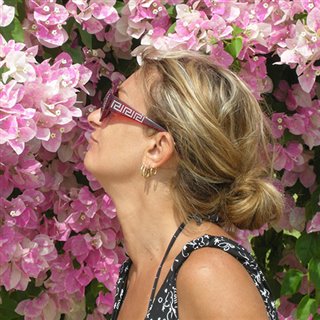
 Sergio Cuffolo
Sergio Cuffolo

 Miriam Ferrarin
Miriam Ferrarin
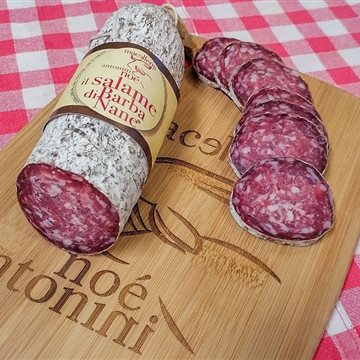
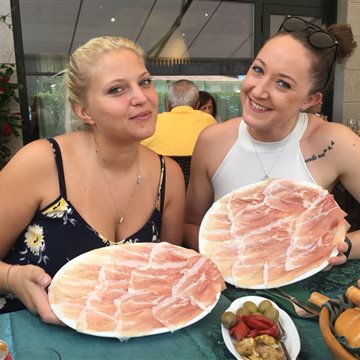
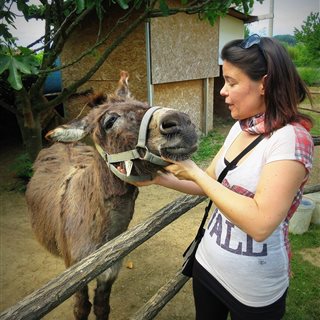 Sabrina Pellizon
Sabrina Pellizon
